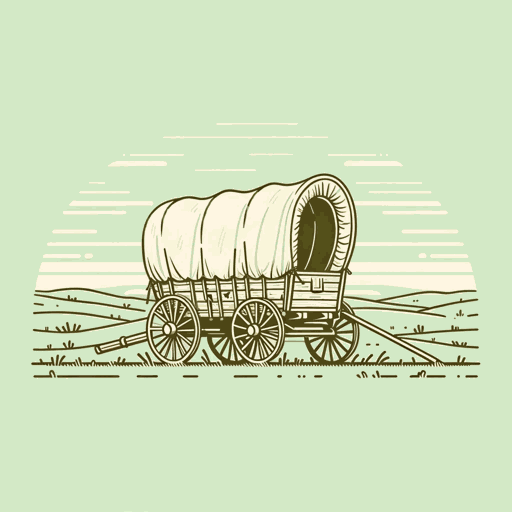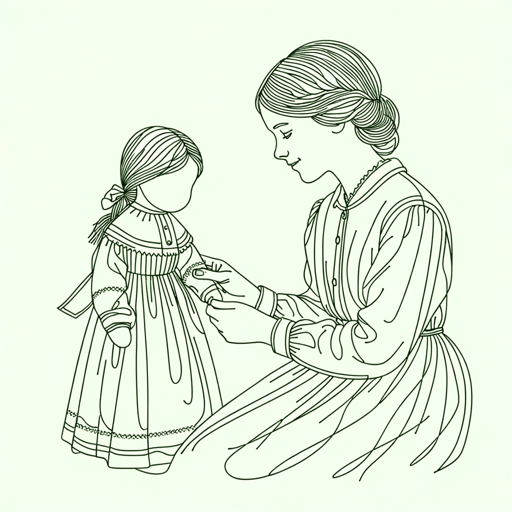76 pages • 2 hours read
Laura Ingalls WilderLittle House on the Prairie
Fiction | Novel | Middle Grade | Published in 1932A modern alternative to SparkNotes and CliffsNotes, SuperSummary offers high-quality Study Guides with detailed chapter summaries and analysis of major themes, characters, and more. For select classroom titles, we also provide Teaching Guides with discussion and quiz questions to prompt student engagement.
Themes
The Racial Attitudes of White Settlers
One of the most prevalent threads running through Little House on the Prairie is white settlers’ racial prejudices toward Native Americans (the lone black character, Dr. Tan, is treated quite differently). The Scotts voice this prejudice most bluntly, with Mrs. Scott saying, “She did not know why the government made treaties with Indians. The only good Indian was a dead Indian. The very thought of Indians made her blood run cold” (211). She alludes to the fact that she had relatives who were involved in conflicts with Native Americans in Minnesota, revealing the deep-seated fears and hostilities that both sides may have felt toward each other. An important element of the two cultures’ relationship with each other in this story is that the white settlers are merely presuming that the Native American territory will be opened up to whites, and they did not wait until they had legal access to the land to stake their claims. Such actions might have inflamed Native Americans’ reactions to white settlers in this situation, although they do not exhibit any violence toward the whites.
The Ingalls family vacillates between begrudging acceptance of the presence of Native Americans, are unquestioning of the fact that the natives will be displaced by whites, and fear that the natives will harm them.
Related Titles
By Laura Ingalls Wilder






